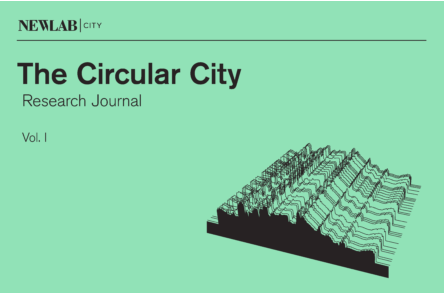Paper by David Atkins: “Interest in behavioral economics has grown steadily within health care. Policy makers, payers, and providers now recognize that the decisions of patients and of their doctors frequently deviate from the strictly “rational” choices that classical economic theory would predict. For example, patients rarely adhere to the medication regimens or health behaviors that would optimize their health outcomes, and clinicians often make decisions that conflict with evidence-based recommendations or even the practices they profess to endorse. The groundbreaking work of psychologist Daniel Kahneman and his collaborator Amos Tversky raised attention to this field, which was accelerated by Kahneman’s 2002 Nobel Prize in economics and his popular 2011 book “Thinking Fast and Slow” which reached a much broader audience.
Behavioral economics examines cognitive, psychological, and cultural factors that may influence how we make decisions, resulting in behavior that another Nobel laureate, economist Richard Thaler, has termed “predictably irrational.” Principles from behavioral economics have been adopted to health care, including the role of heuristics (rules of thumb), the importance of framing, and the effects of specific cognitive biases (for example, overconfidence and status quo bias).
These principles have been incorporated into interventions that seek to use these insights to change health-related behaviors—these include nudges, where systems are redesigned to make the preferred choice the default choice (for example, making generic versions the default in electronic prescribing); incentive programs that reward patients for taking their medications on schedule or getting preventive interventions like immunizations; and specific interventions aimed at how clinicians respond to information or make decisions….(More)”.

